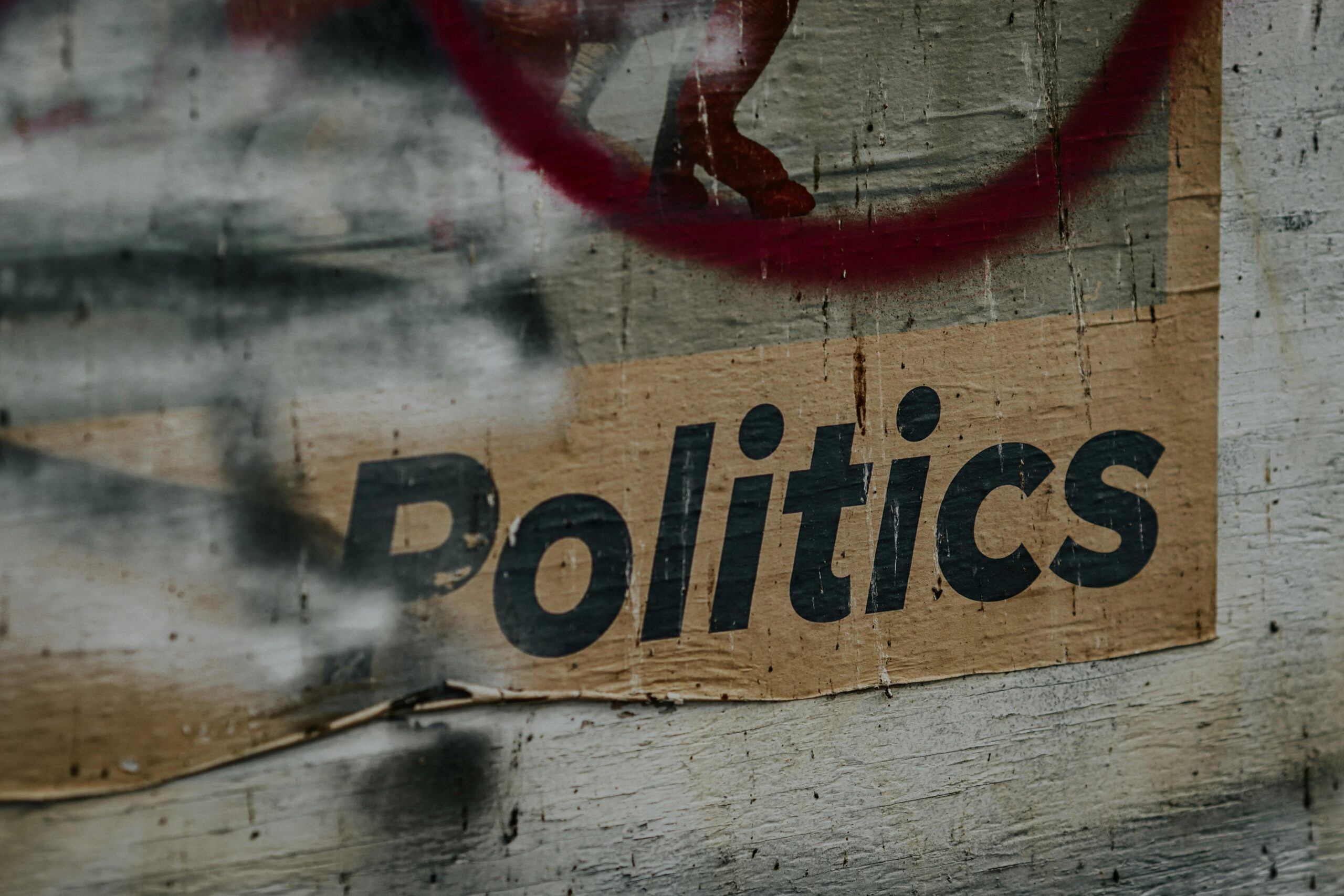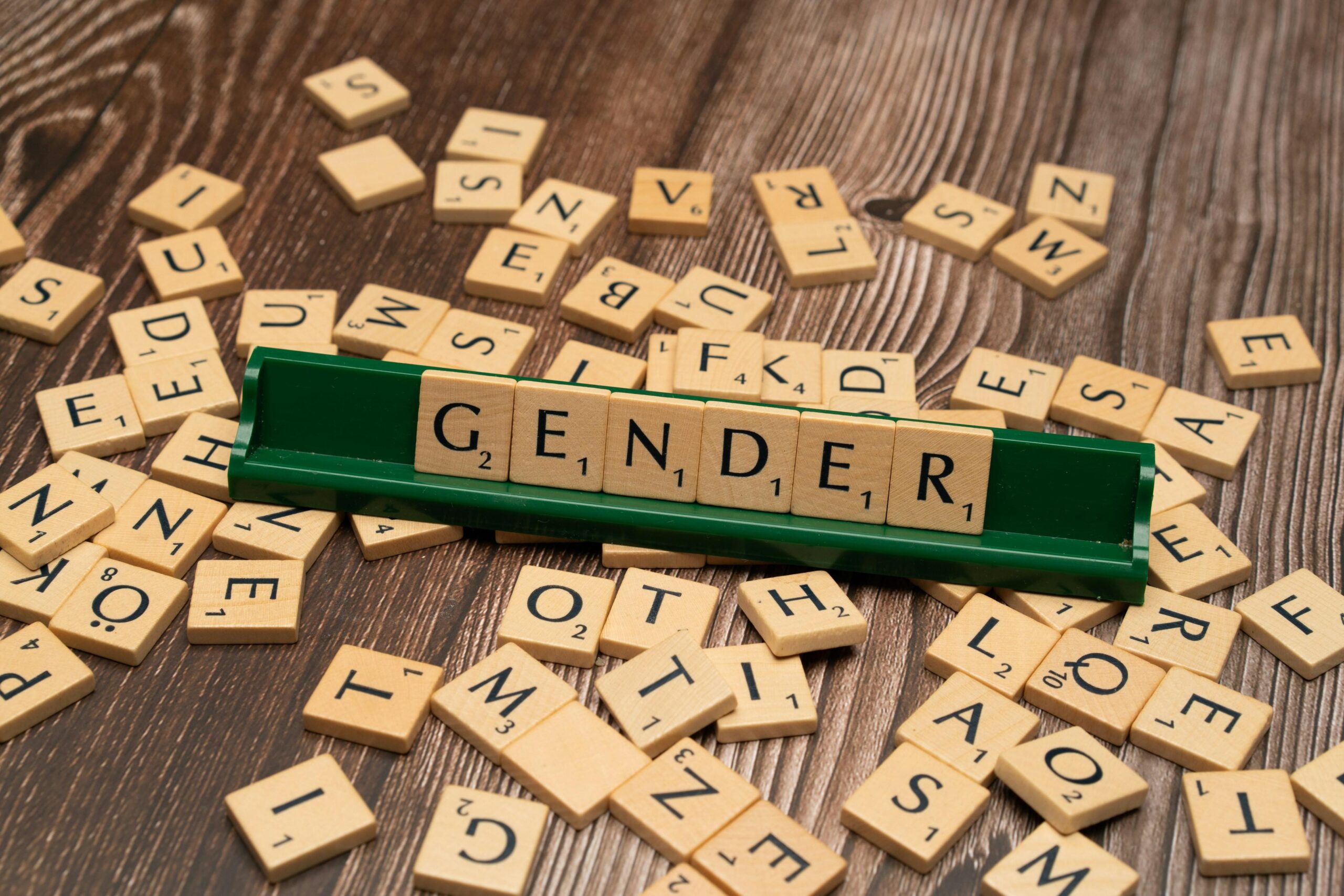When we hear the word “justice,” most of us imagine punishment—someone breaking the rules and facing consequences. But what if justice doesn’t always mean retribution? Enter the fascinating world of restorative justice, a concept that flips traditional ideas on their head by focusing on healing and reconciliation instead of simply handing down penalties. So, what’s the real difference between restorative and retributive justice? In this article, we’ll dive into the core principles, explore how each approach works in practice, and uncover why understanding these distinctions matters more than ever in today’s society. Curious to see which path leads to fairer outcomes? Let’s get into it.
Table of Contents
- Understanding the Core Principles Behind Restorative and Retributive Justice
- How Each Approach Impacts Victims, Offenders, and Communities in Unique Ways
- Exploring Real-World Examples to See These Justice Models in Action
- Choosing the Right Path Forward Recommendations for Justice Systems and Policymakers
- Closing Remarks
Understanding the Core Principles Behind Restorative and Retributive Justice
At the heart of these two justice philosophies lie fundamentally different views about how societies should respond to wrongdoing. Retributive justice is deeply rooted in the idea of punishment — it focuses on determining guilt and assigning appropriate penalties to offenders. This approach operates under the belief that justice is served when wrongdoers pay a price that is proportional to their offense, often emphasizing deterrence and societal order. On the other hand, restorative justice moves beyond punishment to emphasize healing. It seeks to repair the harm caused by criminal acts by actively engaging victims, offenders, and the community in a dialogue aimed at accountability, reconciliation, and ultimately, transformation.
While retributive justice measures success by the severity and fairness of the sentence, restorative justice gauges its effectiveness through the quality of human connection and repair. Here are some core distinctions that help to illuminate this contrast:
- Focus: Punishment and deterrence vs. healing and restoration
- Role of the offender: Subject of a sentence vs. active participant in resolution
- Victims’ involvement: Often sidelined vs. central to the process
- Outcome aim: Retribution and social order vs. repairing relationships and reintegration
Recognizing these core principles shines a light on why the debate between restorative and retributive justice isn’t just legalistic—it’s deeply philosophical.
How Each Approach Impacts Victims, Offenders, and Communities in Unique Ways
Victims experience justice in profoundly different ways depending on the approach. With restorative justice, they often find a powerful sense of closure by directly engaging with the offender, gaining insights into the context of the harm, and having their voices truly heard. This approach fosters healing, offering victims a role in shaping the resolution instead of feeling sidelined or ignored. Conversely, in retributive justice, victims may feel the emphasis is primarily on punishment rather than repair, potentially leaving emotional wounds unaddressed and their need for acknowledgment unmet.
From the perspective of offenders and communities, these justice models diverge sharply as well. Restorative justice invites offenders to take active responsibility, which can lead to personal growth and reintegration rather than alienation. Communities become involved as collaborators in restoration, strengthening social bonds and collective accountability. Retributive justice, on the other hand, often isolates offenders through incarceration or penalties, focusing on deterrence and retribution rather than transformation. The community’s role is frequently limited to spectatorship, which can perpetuate cycles of division rather than fostering understanding and resilience.
- Victims: Healing and acknowledgment vs. Punishment-centered closure
- Offenders: Responsibility and reintegration vs. Alienation and deterrence
- Communities: Collaboration and social cohesion vs. Passive observation and division
Exploring Real-World Examples to See These Justice Models in Action
Consider the case of a community impacted by vandalism, where a park was defaced with graffiti. Instead of defaulting to traditional punitive measures, local authorities initiated a restorative justice circle. Offenders met with park users and organizers to openly discuss the harm caused and the feelings involved. This dialogue led to community service commitments, where those responsible helped restore the park alongside residents. The outcome wasn’t just about repairing property — it was about rebuilding trust, understanding consequences, and fostering a shared sense of responsibility. Such initiatives breathe life into the idea that justice isn’t solely about punishment, but about healing and connection.
On the flip side, take a glimpse into a more classic example of retributive justice in criminal courts where a judge respects strict legal codes. A person convicted of theft might receive a fixed prison sentence calibrated to the severity of the crime, emphasizing society’s demand for proportional retribution. Here, the focus lies on deterrence and upholding order by demonstrating that wrongdoing leads to predictable consequences. Both models affect people profoundly, yet they travel distinctly different moral and practical roads to answer the age-old question: “What must be done when wrong occurs?”
- Restorative contexts: Often community-driven, with mediation and reparation.
- Retributive contexts: Focused on legal penalties, deterrence, and societal rules.
Choosing the Right Path Forward Recommendations for Justice Systems and Policymakers
To effectively navigate the complexities of justice, decision-makers must prompt a shift from rigid punishment models toward more nuanced approaches that prioritize healing and community restoration. This demands an openness to integrating restorative practices—which emphasize dialogue, accountability, and repair of harm—alongside more traditional measures. Rather than viewing justice as a zero-sum game, policymakers are encouraged to adopt flexible frameworks that consider the unique needs of victims, offenders, and the broader society.
Key steps forward include:
- Investing in education and training to equip judges, law enforcement, and social workers with restorative justice principles.
- Facilitating community involvement to create spaces where affected parties can openly communicate and collaboratively determine resolutions.
- Building evaluation mechanisms to assess both the social and economic impacts of implemented justice models, allowing data-driven policy evolution.
- Balancing retribution and restoration smartly, ensuring accountability while promoting opportunities for repair and reconciliation.
Closing Remarks
As we’ve seen, restorative and retributive justice approach wrongdoing from two very different angles—one focused on healing and connection, the other on accountability and punishment. But understanding their core differences is just the beginning. The real question might be: how can these models learn from each other to create a justice system that’s both fair and compassionate? Whether you lean toward restoring relationships or ensuring consequences, the key is staying curious about what justice truly means and how it can evolve. After all, the journey toward justice is as complex and dynamic as the people it serves.












